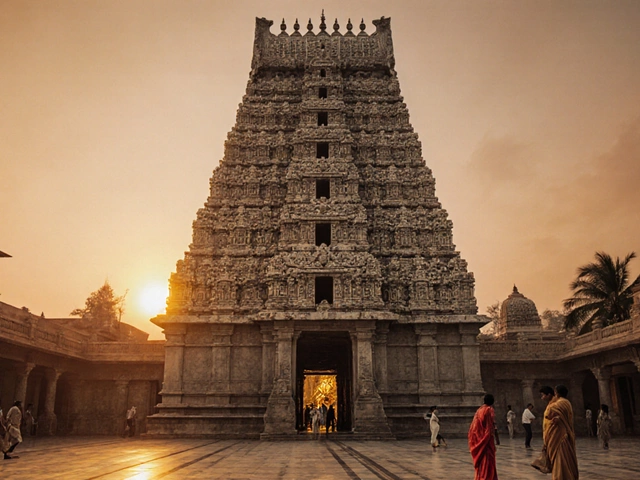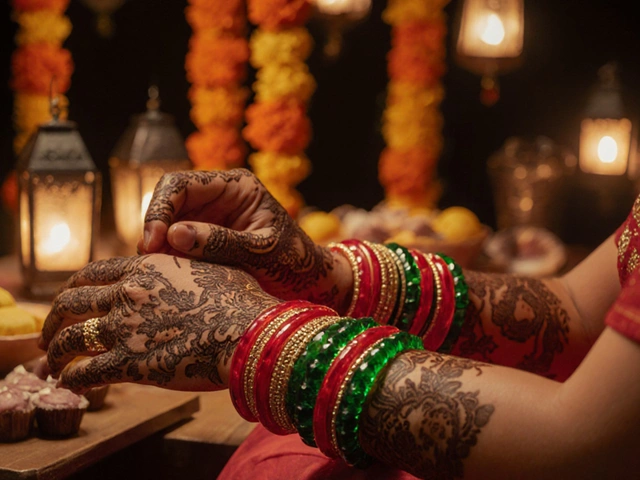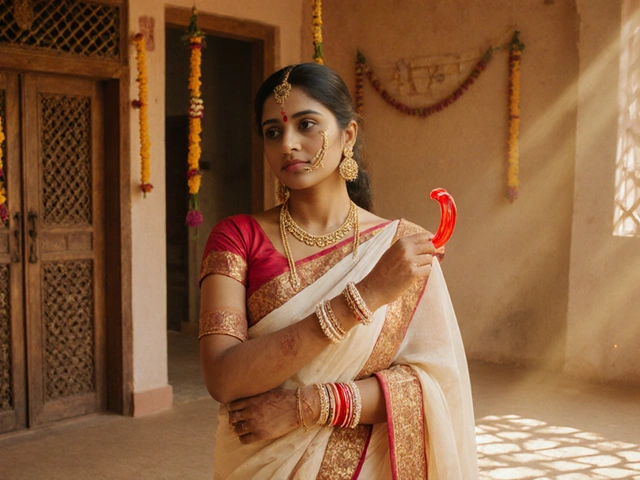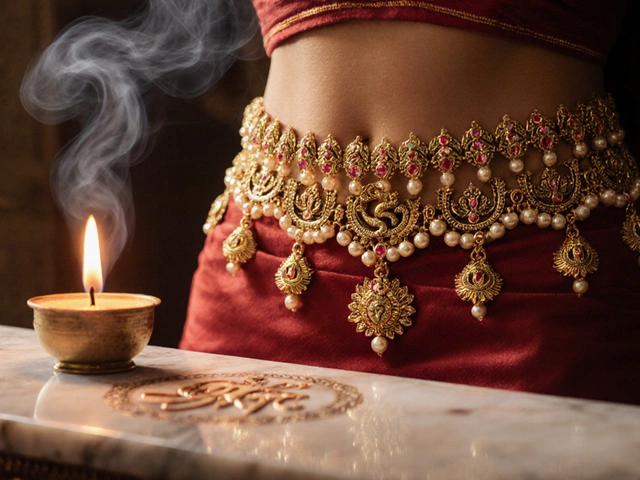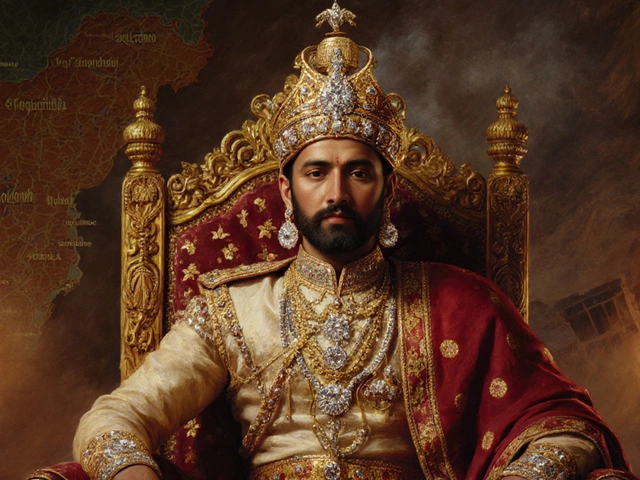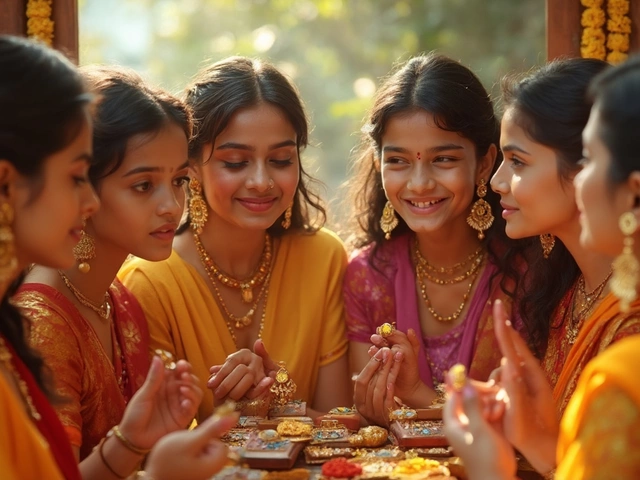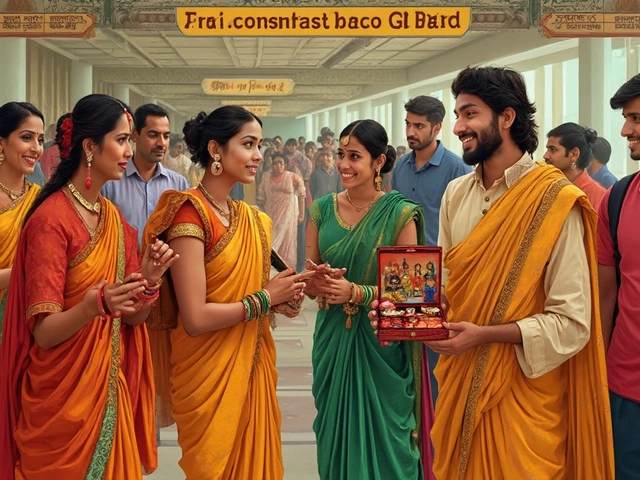Hindu Wedding: Traditions, Rituals & Jewelry Guides
When planning a Hindu wedding, a vibrant series of rites, feasts, and family gatherings that blend ancient customs with today’s style. Also known as Shaadi, it brings together ceremony, symbols, and accessories that mark each step from engagement to reception.
The heart of any Hindu wedding beats with its accessories. Choora, the red‑and‑white bangles a bride wears during the Punjabi and Rajasthani ceremonies signals her new status and protects her from evil. The tradition requires the choora to stay on for a set period—usually 40 days—after which a careful removal ceremony takes place. This ritual encompasses family blessings, community prayers, and a symbolic letting‑go that ties the bride’s past to her future.
Key wedding accessories
Another cornerstone is the Mangalsutra, a gold or silver necklace with black beads that represents the marital bond. Historically, the mangalsutra was given by the groom’s family; today, couples often choose designs that echo personal taste while honoring the ritual’s meaning. Its placement around the bride’s neck signifies the promise of protection and lifelong commitment, linking the couple’s spiritual and social lives.
Beyond choora and mangalsutra, bangles in general play a multi‑layered role. Bangles, circular ornaments made of glass, gold, or acrylic that adorn a married woman’s wrists are believed to bring good health and prosperity. The number of bangles, their colors, and the material often vary by region—North Indian brides might wear up to twelve glass bangles, while South Indian women favor gold and ivory. Each bangle influences the rhythm of daily life, clinking with movement and reminding the wearer of cultural roots.
Modern Hindu weddings also celebrate waist chains, known as kamarbands. These decorative bands sit at the waist and trace back to temple jewellery traditions. Wearing a kamarband during the ceremony connects the bride to ancient temple rituals, while contemporary designs add a fashionable twist. Similarly, chakra jewellery, though more spiritual than ceremonial, often appears in bridal looks to balance energy during the intense wedding week.
Practical tips matter as much as symbolism. For choora removal after 40 days, keep the bangles clean, store them in a soft cloth pouch, and avoid sudden impacts that could damage the glass. When choosing a mangalsutra, consider the bride’s skin tone—yellow gold complements warm tones, while white gold works better for cooler complexions. Bangles should be sized with a little wiggle room to prevent circulation issues, especially in hot climates. And if you’re adding a kamarband, match its metal to the rest of your jewellery set to maintain visual harmony.
All these pieces—choora, mangalsutra, bangles, waist chains—form a web of meaning that makes a Hindu wedding more than just a celebration; it’s a cultural narrative written in metal and glass. Below you’ll find detailed guides, how‑to articles, and style hacks that dive deeper into each tradition, helping you plan a wedding that honors heritage while feeling fresh and personal.
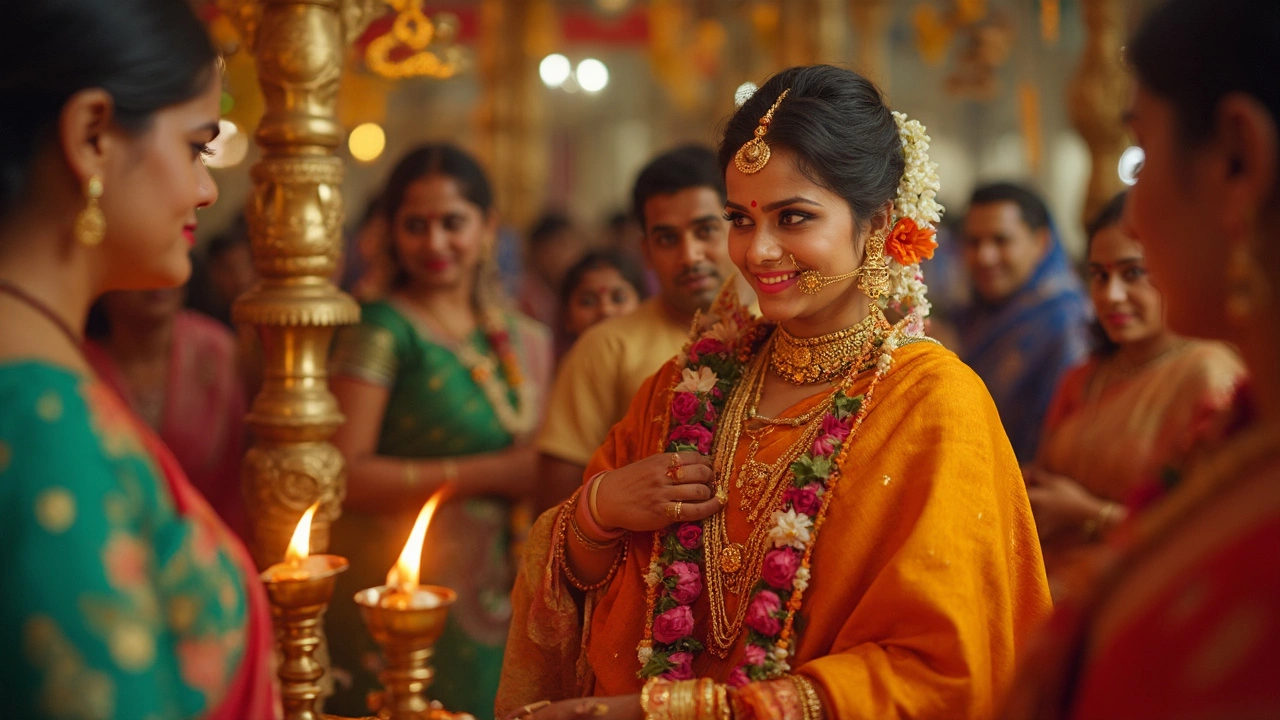
Thali vs Mangalsutra: Key Differences in Indian Marriage Traditions
Ever wondered what sets a thali apart from a mangalsutra? This article dives deep into the heart of Indian wedding traditions, untangles the myths, and brings you fascinating facts and cultural details about these symbols. Whether you're in a cross-cultural relationship, shopping for a friend, or just love quirky traditions, you'll get a clear, colorful picture. The article also shares how these traditions evolve in modern times and what they mean across different Indian cultures.
read more